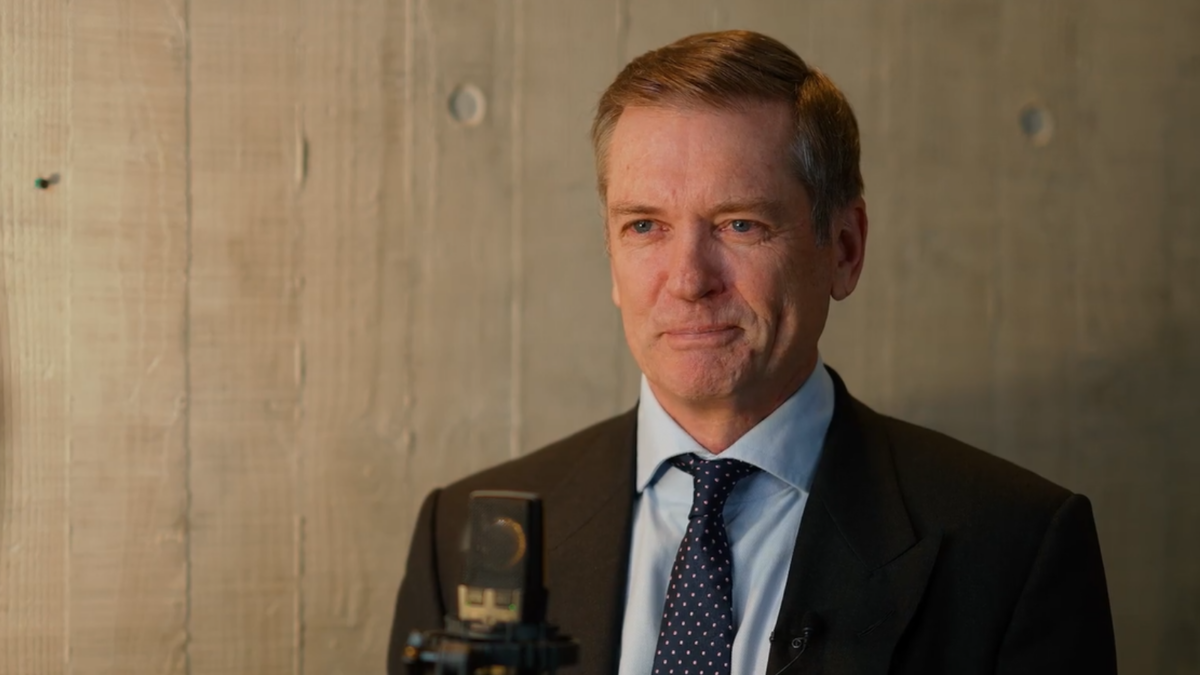Green bonds in focus as ESG becomes entrenched
For much of the investment industry, committing to ESG (Environmental, Social and Governance) has become a recently-adopted core belief. A concept that was brought into focus 15 years ago at the 2005 Who Cares Wins conference, which examined its role in asset management and financial research, ESG has now become entrenched across the industry. Although there are still widely varying degrees of commitment to ESG, investing today in assets that adhere to these principles comfortably exceeds $US30 trillion – and is growing rapidly.
In a real sense, ESG evolved from the Socially Responsible Investment (SRI) movement that started in the 1980s around issues such as civil rights and women’s rights. But SRI is more about using ethical and moral criteria to inform investors and institutions where not to invest (e.g. alcohol and tobacco companies), while ESG factors are considered far more relevant about how a company performs financially. In short, ESG advocates maintain companies with sound ESG principles will outperform their competitors over the long term.
Today, with such widespread acceptance of the ESG principles, there can be tendency to pay lip service to the concept without investing the research rigor and time to ensure that assets that are being promoted for their adherence to ESG are doing so – that they are not only talking the talk but also walking the walk.
What this requires is for a critical assessment of these assets, ranging from the definition of ESG to the overall ESG and investment performance and portfolio construction.
In the green bond market, which still accounts for less than one per cent of the global debt market, for these bonds to earn the “green” label they must adhere to the International Capital Market Association Green Bond Principles and have an independent opinion provider certify conformance to the principles when the bonds are issued.
For Calvert Research and Management, which is part of Eaton Vance, a green bond issue meeting these guidelines does not end the matter. Far from it. Calvert has its own definitions of what constitutes a green bond strategy to include three different types of bonds: green projects, solution providers and leaders/emerging leaders. In the case of green projects, these are bonds that are being issued to meet a specific “green” challenge and can span across a range of debt instruments, including corporate bonds, asset-backed securities, mortgage-backed securities and impact bonds. Issuers classified as solution providers are deriving at least 50 per cent of their revenue from clean technology or an environmentally beneficial technology, product or service, such as renewables or water efficiency technologies. Those designated as leaders or emerging leaders have met specific criteria developed by Calvert.
The issuing of a bond meeting these different criteria also does not end the matter; the fund manager has a responsibility to ensure the issuer, whether it be a corporate or government entity, continues to take an active role to improve their ESG performance
Certainly, it’s a responsibility Calvert takes seriously. In the 2018-19 financial year, the fund manager engaged with 293 issuers of debt on issues such as clean water and air, governance and sustainability reporting.
Proposals that strengthened a company’s ESG practices got a “yes” vote, while those corporate actions considered out of step with best practice got a “no” vote. In practice, it meant a vote against management 80% of the time on the issue of greenhouse gas emissions, 43% against on climate change and 49% against 43% on advisery say on pay.
What it also requires is a different research model to discover any material ESG risks that issuers are exposed to, how well they are managing these exposures, and the opportunities to improve their ESG performance. This involves developing an investment thesis to identify current and emerging ESG risks and opportunities, using key performance indicators to evaluate ESG risks, ranking and rating each issuer based on three criteria (company, industry and execution) and monitoring progress – a demanding process.
But an essential one. Investors are increasingly demanding green bonds – [$US254.9 billion were issued in 2019] – with growth on the supply side being driven the Paris Agreement and corporations looking for economic benefits, while on the demand side it’s growing investor awareness of the impact of climate change and a desire for issuers to respond to it.
Fifteen years later, it’s a market whose time has surely come.










